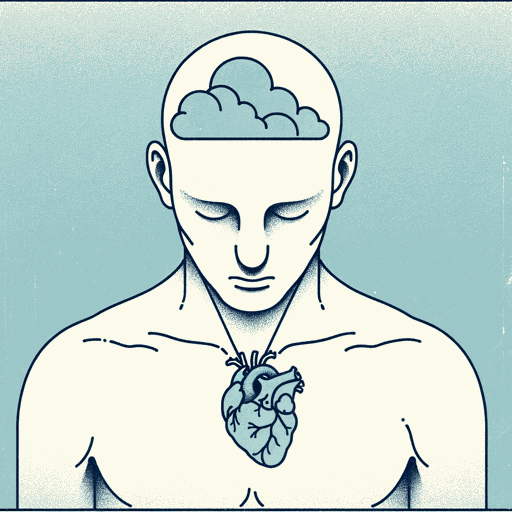64 pages • 2 hours read
Gabor MatéScattered Minds: The Origins and Healing of Attention Deficit Disorder
Nonfiction | Book | Adult | Published in 1999A modern alternative to SparkNotes and CliffsNotes, SuperSummary offers high-quality Study Guides with detailed chapter summaries and analysis of major themes, characters, and more.
Part 4Chapter Summaries & Analyses
Part 4: “The Meaning of ADD Traits”
Part 4, Chapter 14 Summary: “Severed Thoughts and Flibbertigibbets: Distractibility and Tuning Out”
Maté begins by talking about absentmindedness, which he calls a “byproduct of living in a complex society” (118). With ADD, the brain’s inability to discriminate between stimuli is severe enough to affect one’s life. Maté calls this phenomenon “dissociation” and compares it to a psychological anesthetic. Dissociation is functional under the right conditions, but pain can be an important indicator of helplessness or extreme distress. Maté uses the example of a skiing accident in which someone breaks their leg. If the person has someone with them, they may be unable to move because their body knows that moving may threaten their life. The person with the broken leg has to sit still while their friend goes to retrieve help. If the person is alone, however, their body may recognize the desperation of the situation and block out the pain long enough for the person to escape to safety.
For people with ADD, Maté says, dissociation is an automatic brain activity caused by chronic stress. If the parents’ anxiety is the source of this distress, the infant senses that expressing their own emotions will exacerbate this anxiety and tunes out, undermining the infant’s ability to process emotional hurt in a positive way.
Related Titles
By Gabor Maté




